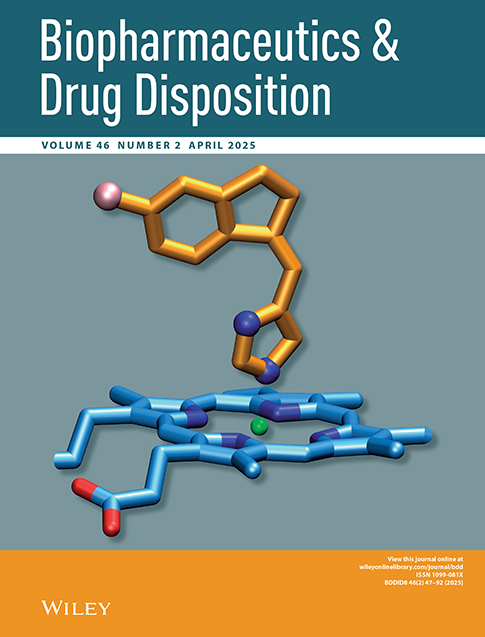Animal model for investigation of fluphenazine kinetics after administration of long-acting esters
Abstract
A model was developed for studying fluphenazine availability and disposition. Rats were given doses of radioactively labelled esters of fluphenazine by intramuscular injection. Radioactivity excreted in urine, faeces, and expired air was assessed for fluphenazine esters, fluphenazine, and CO2 content. Levels of fluphenazine and its esters were measured in plasma, brain, and muscle (injected and non-injected samples). The data mimicked those obtained in other studies involving the same material given to human subjects, and posed new questions concerning the factors controlling fluphenazine availability when given as ‘long-acting’ intramuscular injections.




